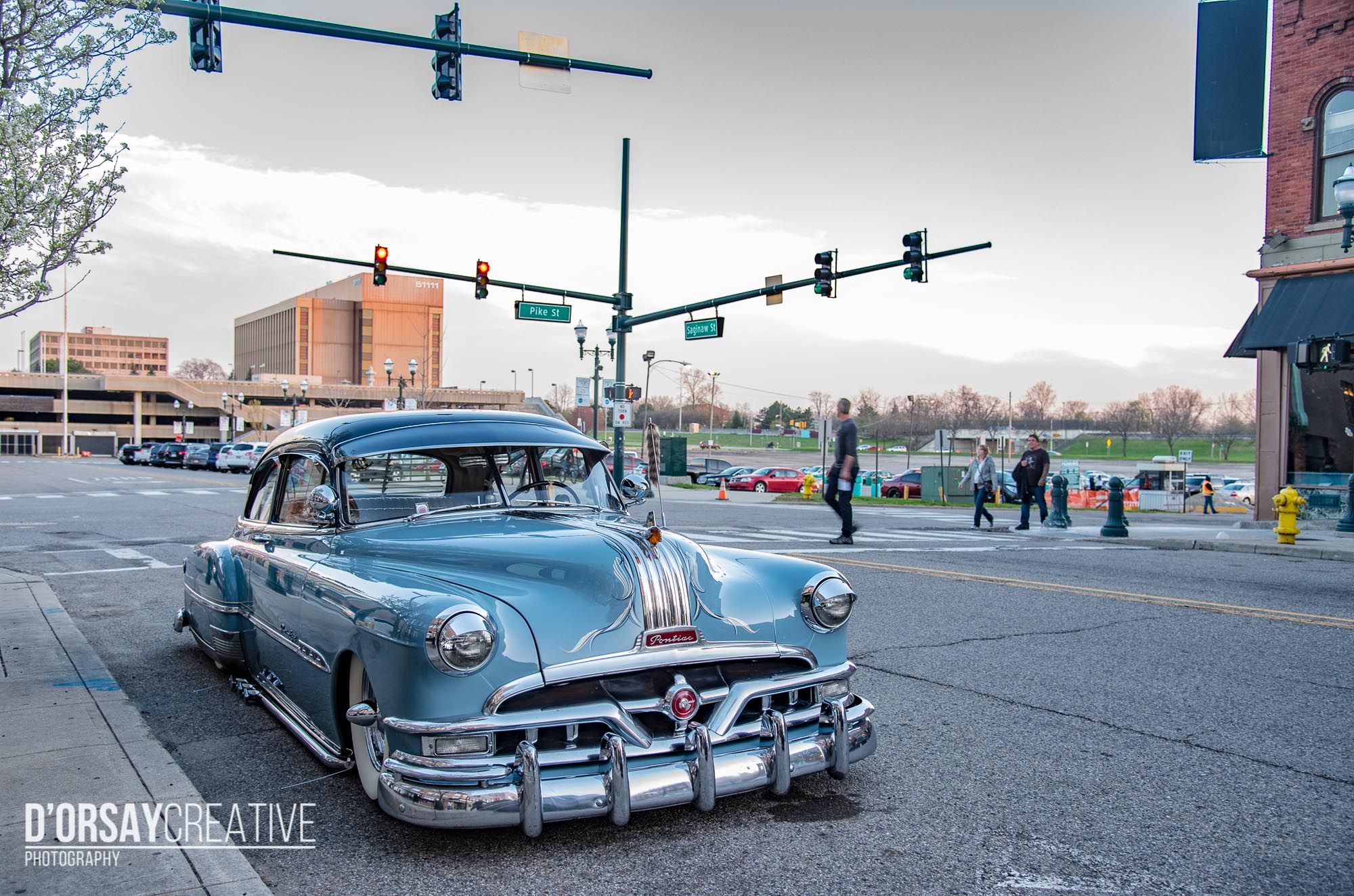
Road therapy really is a thing.
Not many people get a regular opportunity for this stress-reducing, healthy method of travel, as do I. So, in case you want to take, or make, the opportunity, I’ll share with you the concept of “shunpiking” as therapy; no drugs, no sitting cross-legged on the floor, no facing off with a counselor. The drive, done properly, will get you in touch with a part of yourself you don’t access often enough.
My good fortune is that much of my professional life is in Detroit and its burbs. I live 75 miles west and a little north of the city, with wetlands, fields, forests and a few small towns between. Two or three times a week I need to be in the city for a meeting, press event or some other activity. While that drive normally takes barely more than an hour without traffic slowdowns I try to allot two hours, or maybe more, for the trip one way, the other, or both, so I can “shunpike” it as much as possible.

To shunpike is to shun the turnpike: that is, take back roads instead of the highway, in the spirit of Charles Kuralt, Jack Kerouac and William Least-Heat Moon. I’ve found, since discovering the word, that most enthusiastic motorists use and value this technique but most didn’t know there is a word for it, nor do they make enough time for it. You should, I confidently recommend.
We want no predetermined route and we use a map as little as possible. It helps if you know the area, but not necessary. It also helps if you have a decent sense of direction, but that’s not necessary if your vehicle just has a compass, as do most these days.
Coming out of the city I head for the edge of town to escape the urban environment as soon as possible. Outbound, I know my destination is about 60 miles west and a little bit north so I just drive in those directions taking whatever road strikes my fancy. I might end up on a road that turns to dirt, then must decide to backtrack to try another, or just keep on going. If the dirt road is wet, just know that a dirty car can be a badge of honor to a real shunpiker. Dozens and dozens of road combinations are before me
And, by the way – as soon as you get to the edge of town – turn off the radio! You’ll be amazed at the feeling of stress release and sense of freedom you’ll feel. You’ll soon find yourself enjoying the flora, fauna, geography, geology, vehicle dynamics, and a rhythm of the road. Take a few deep breaths and either allow your brain to go where it wants, like putting it in neutral. Like a long run (for those of us still up to it), you’ll find yourself solving problems, making plans and gaining inspirations out of the blue.

It will be a serenity you’ve forgotten possible, or perhaps you’ve never known while rediscovering the sights, sounds, smells and ambiance of the countryside.
That’s road therapy.
Now, if you don’t have the opportunities I have, you’ll want to make your own. Take a half day, or more if you can, pick a place at least a hundred miles away with rural space in between. A sports car, convertible, or something else special, will likely enhance the experience for those who really like the process of driving. For nature-lovers, those who appreciate the rural environment or others, the vehicle may matter less.
The point is to enjoy your drive.
For another story from the back roads, this time with a wild vehicle, take a look at this: https://www.theautochannel.com/news/2018/08/10/620084-slingshot-by-polaris-different-kind-road-therapy-review-by-steve.html. (Please forgive all the ads. The story appears on a commercial site.)



Recent Comments